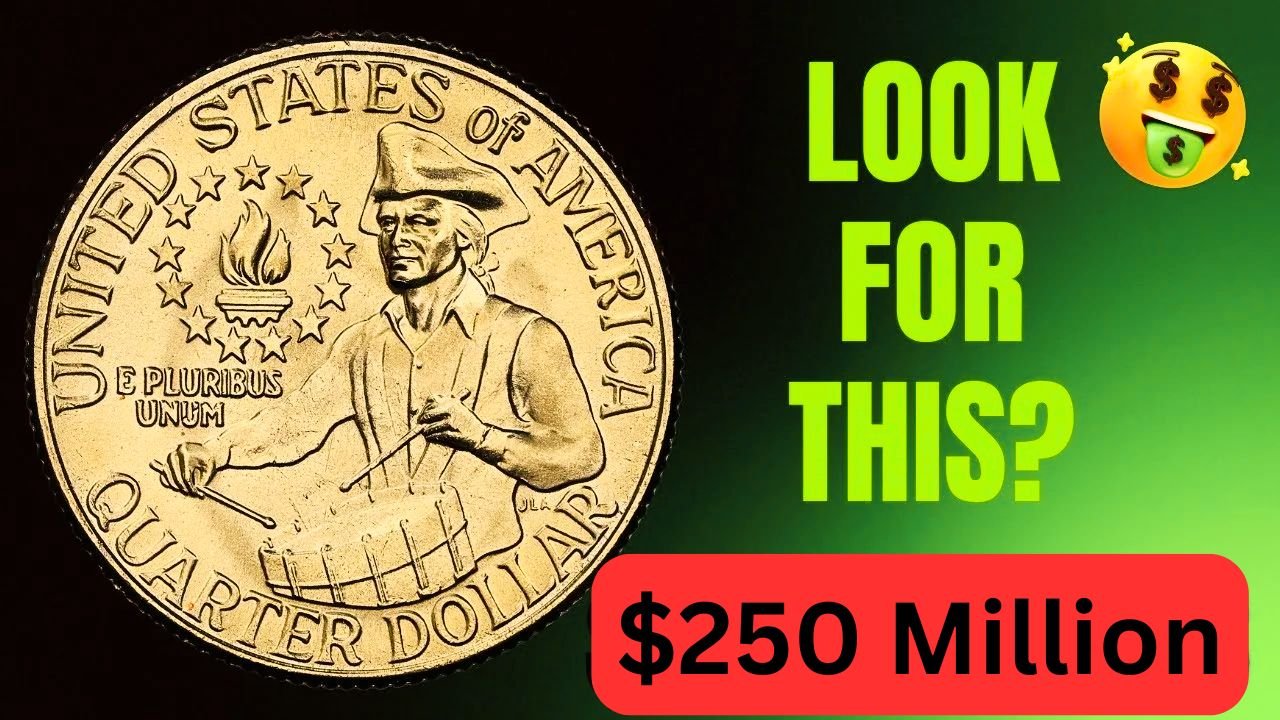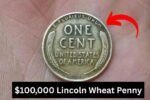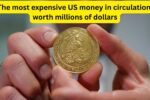Imagine finding a quarter worth $250 million in your pocket! Rumors are swirling that 10 ultra-rare Bicentennial Quarters from 1976, still in circulation, could fetch this staggering amount. Minted to celebrate America’s 200th birthday, these coins are common, but a few with unique errors or features have collectors buzzing. While $250 million claims are unverified and likely inflated, some of these quarters are still worth thousands. Let’s explore what makes them special and how to spot one.
A Coin for America’s Big Birthday
The Bicentennial Quarter was made in 1975 and 1976 to mark 200 years of U.S. independence. It shows George Washington on the front with a “1776-1976” date and a colonial drummer on the back, circled by 13 stars for the original colonies. Over 1.6 billion were minted in Philadelphia and Denver, with smaller runs in San Francisco. Most are worth just 25 cents, but rare errors or silver versions make some stand out. These are the ones driving the hype, even if $250 million is more myth than fact.
Why Are Some So Valuable?
The rumored $250 million quarters are tied to rare minting errors or special traits. Some were struck on 40% silver planchets meant for collector sets but accidentally released into circulation. Others have doubled-die errors, where the date or letters like “LIBERTY” appear doubled. A 1976-S Silver Proof Quarter sold for $19,200 in 2019, showing how condition and rarity matter. Quarters with off-center strikes or wrong metal are also prized. While no quarter has sold for $250 million, these errors can still fetch $1,000 to $20,000 in top shape.
| Year | Key Feature | Estimated Value |
|---|---|---|
| 1976-S | Silver Proof, high grade | Up to $19,200 |
| 1976 | Doubled die obverse | Up to $5,000 |
| 1976 | Struck on silver planchet | Up to $10,000 |
Still Out There to Find
These quarters could be hiding in your change! With over 1.6 billion minted, Bicentennial Quarters are still used in everyday transactions or stashed in coin jars, piggy banks, or old collections. The silver versions, mostly in San Francisco sets, sometimes entered circulation when sets were broken up. Coin experts say the hype around these rare finds has people checking their change or family heirlooms. Look for the “1776-1976” date, mint marks, or odd details to spot a potential treasure.
How to Spot a Rare Quarter
- Check the date: Look for “1776-1976” on the front.
- Find mint marks: A “D” (Denver), “S” (San Francisco), or no mark (Philadelphia).
- Look for errors: Use a magnifying glass for doubled letters or silvery metal.
- Check the weight: Silver quarters are heavier (about 5.75 grams).
- Get it checked: Take it to a coin dealer or grading service like PCGS or NGC.
If you find a quarter that looks special, don’t clean it—cleaning can ruin its value. Store it safely and have a professional appraiser confirm its worth.
The Thrill of the Hunt
The idea of a $250 million quarter has sparked a coin-hunting frenzy across the U.S. Coin collecting is a fun way to connect with history, and these quarters carry the spirit of America’s 1976 celebration. Stories of people finding rare coins in change or old stashes keep the excitement alive. Even if the $250 million claim is far-fetched, error coins or silver quarters can still bring in thousands, especially as the U.S. nears its 250th anniversary in 2026. Every Bicentennial Quarter is worth a quick check.
Next time you get change, take a second to look at your quarters. One of these rare Bicentennial Quarters could be hiding among them, waiting to change your life. With a keen eye and a bit of luck, you might find a coin that’s not just pocket change but a piece of history worth a fortune.




